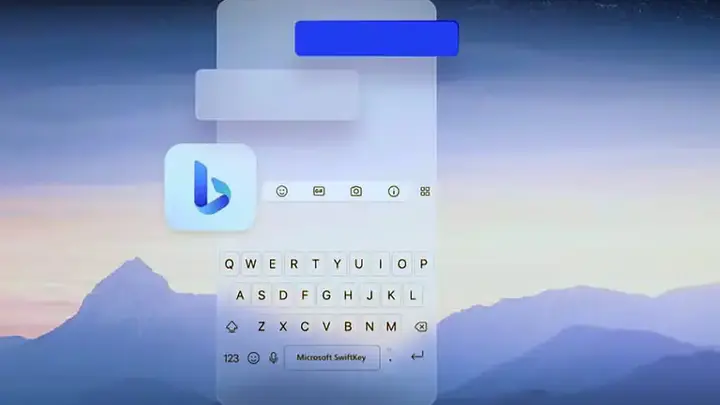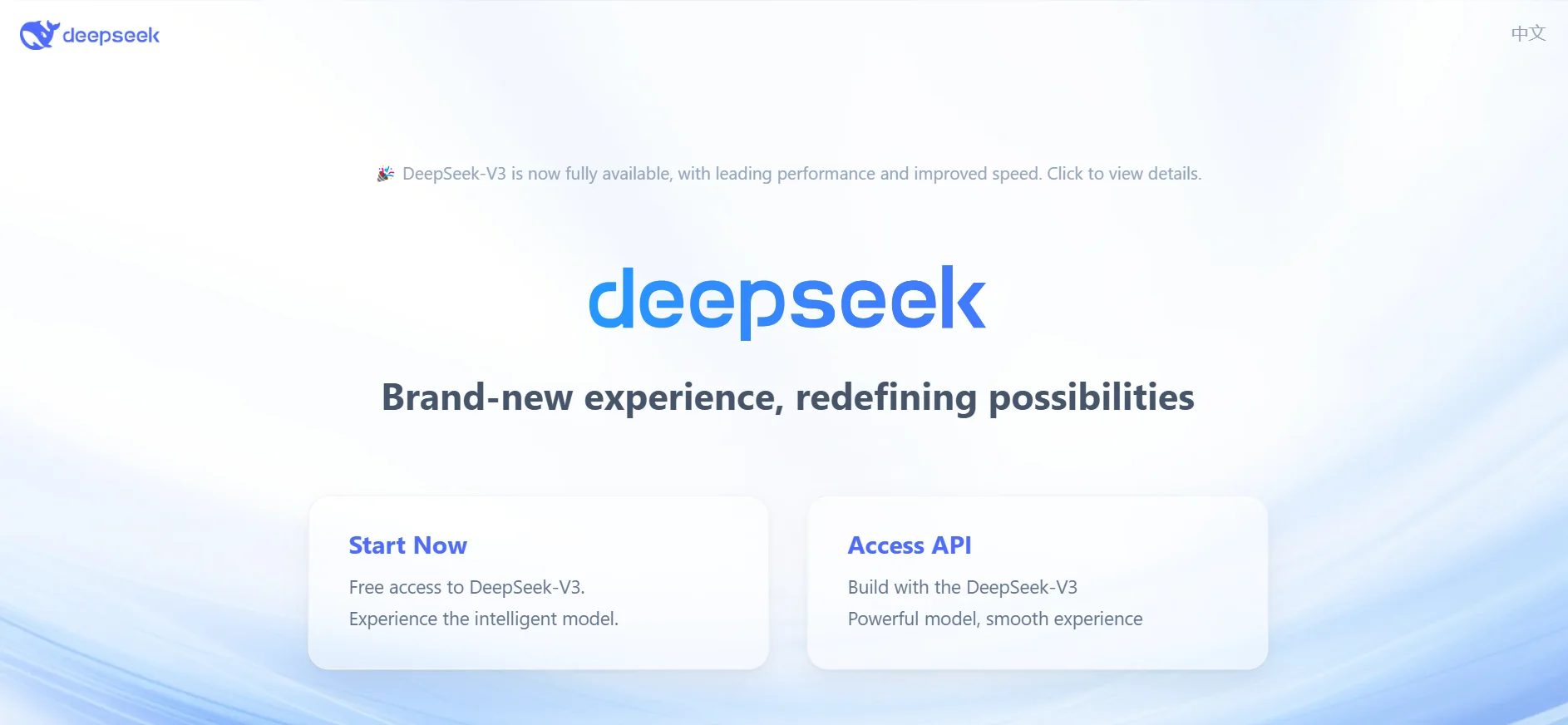Unlocking the Power of Llama 3.1: A Guide to the 405B Model
What is Llama 3.1?
Llama 3.1 is Meta AI's latest iteration of their large language models (LLMs), available in various sizes (7B, 13B, 34B, 70B, and 405B parameters). It represents a significant advancement in open-source AI, offering improved performance, safety, and efficiency. Llama 3.1 is designed to power diverse use cases, from chatbots and virtual assistants to content generation and code assistance.
Key Features of Llama 3.1:
- Enhanced Performance: Llama 3.1 outperforms previous versions in various benchmarks, including reasoning, coding, proficiency, and knowledge tests, particularly the 405B model.
- Improved Safety: The models have undergone rigorous safety training and red-teaming to minimize harmful or biased outputs.
- Tool Use and Fine-Tuning: Llama 3.1 is optimized for tool use, enabling it to interact with external tools and APIs to enhance its capabilities. It's also readily fine-tunable for specific use cases.
- Multilingual Support: Llama 3.1 offers robust multilingual support, making it a versatile choice for diverse datasets. The models offer strong multilingual capabilities, performing well in many non-English languages.
- Open-Source Availability: Llama 3.1 is released under a commercial-friendly license, allowing businesses and researchers to utilize and build upon these powerful models, including the Llama 3.1 405B.
Llama 3.1 Pricing:
Llama 3.1 is free to download and use for research and non-commercial purposes. However, for commercial use cases, you'll need to request a license from Meta AI. The specific pricing for commercial use is not publicly disclosed and may vary depending on your usage requirements.
Llama 3.1 Alternatives:
- GPT-4 (OpenAI): A highly capable large language model known for its impressive performance across various tasks.
- Claude 3.5 (Anthropic) is another AI model that researchers can compare with Llama 3.1 for natural language processing tasks. A powerful and safety-focused LLM that excels in conversational AI and text generation.
- Falcon-40B: A large open-source language model demonstrating strong capabilities in various natural language processing tasks.
Llama 3.1 Pros and Cons:
Pros:
- Open-Source: Freely available for research and non-commercial use, fostering innovation and accessibility.
- Strong Performance: Delivers impressive results across multiple benchmarks.
- Improved Safety: Rigorously trained to minimize harmful outputs.
- Fine-Tunable: The Llama 3.1 8B model is fine-tunable for specific applications, allowing for greater adaptability in various projects. Adaptable to specific tasks and use cases, Llama 3.1 can be integrated into various applications, including those hosted on Hugging Face.
- Multilingual: Supports a wide range of languages.
Cons:
- Commercial Licensing: Requires a license from Meta AI for commercial use, with undisclosed pricing.
- Resource Intensive: The larger models, such as Llama 3.1 405B, may require significant computational resources for training and inference, making efficient dataset management essential.
- Potential Biases: Despite safety efforts, large language models may still exhibit subtle biases in their outputs.
Ideal Users for Llama 3.1:
- Researchers: Academics and researchers exploring natural language processing and AI advancements.
- Developers: Building applications and services that leverage large language models.
- Businesses: Leveraging the power of Llama 3.1 for commercial use cases after obtaining the necessary license.
How to Get Started with benchmark Llama 3.1:
- Request Access: Visit the Meta AI website and submit a request to access the Llama 3.1 models.
- Download: Once approved, download the model weights and associated files.
- Set up Environment: Prepare your computing environment with the necessary hardware and software dependencies.
- Experiment and Fine-Tune: Start experimenting with the models, fine-tune them for your specific tasks, and explore their capabilities.
How to Get the Most Out of Llama 3.1:
- Understand the Model's Strengths and Limitations: Familiarize yourself with Llama 3.1's capabilities and potential biases to leverage its strengths effectively.
- Experiment with Different Prompts and Techniques: Explore various prompting strategies and techniques to optimize the model's outputs for your desired tasks.
- Fine-Tune for Specific Use Cases: Customize the model to excel in your specific application domain for even better results.
- Stay Informed: Keep track of updates and advancements in the Llama ecosystem, including those shared on GitHub, to stay ahead of the curve.
Llama 3.1 FAQs:
Q: Can I use Llama 3.1 for commercial purposes?
A: Yes, but you need to request a commercial license from Meta AI.
Q: What hardware do I need to run Llama 3.1?
A: The hardware requirements vary depending on the model size. The larger models may necessitate powerful GPUs or cloud-based infrastructure.
Q: How can I improve the safety of Llama 3.1's outputs?
A: Fine-tuning, careful prompt engineering, and applying safety filters can help mitigate potential risks and biases in the model's responses.
What Makes Llama 3.1 Different?
Llama 3.1 distinguishes itself as a powerful, open-source large language model with enhanced performance, safety, and efficiency. Its accessibility, coupled with its fine-tuning capabilities and focus on tool use, makes it a valuable resource for researchers, developers, and businesses seeking to leverage the potential of AI in their projects and applications.










